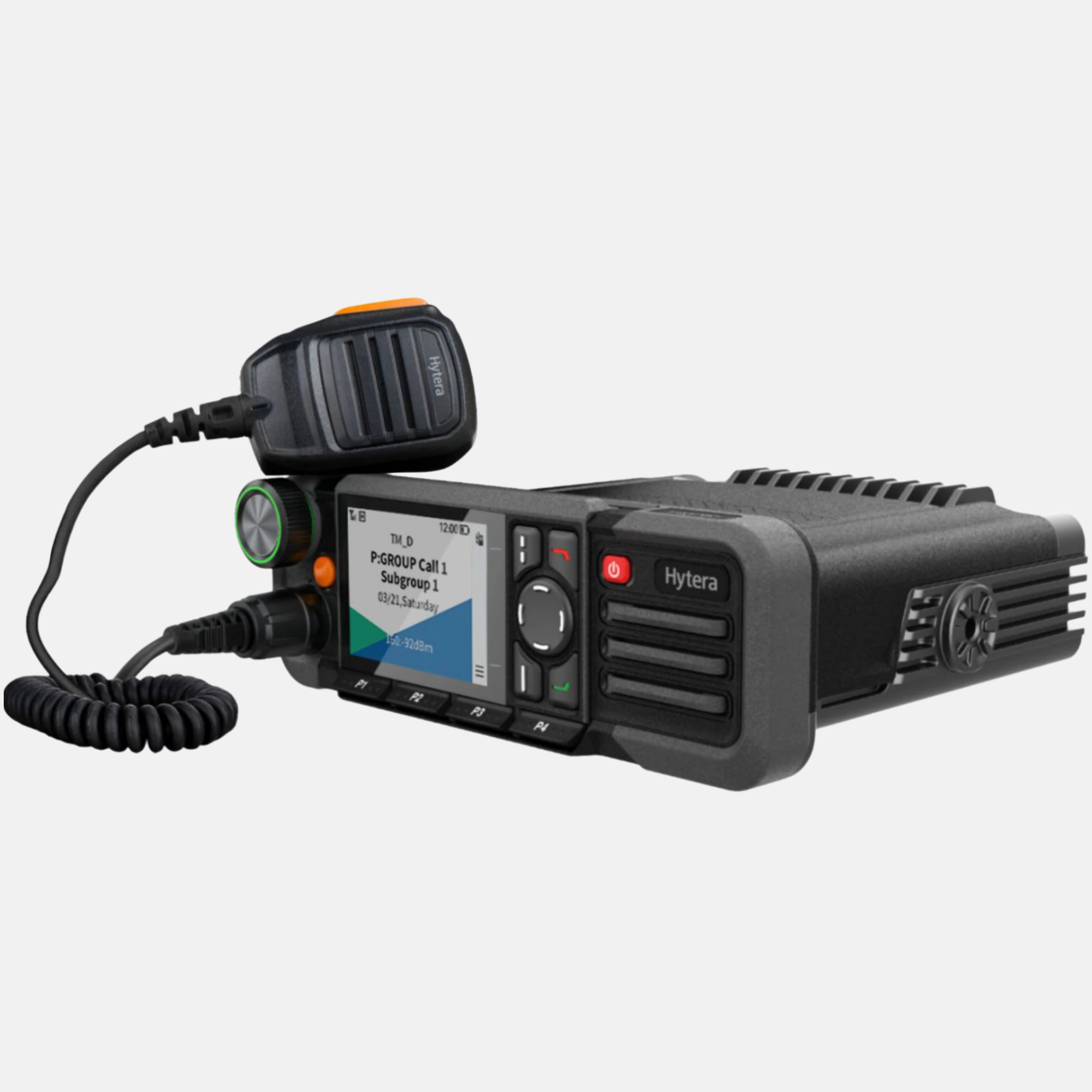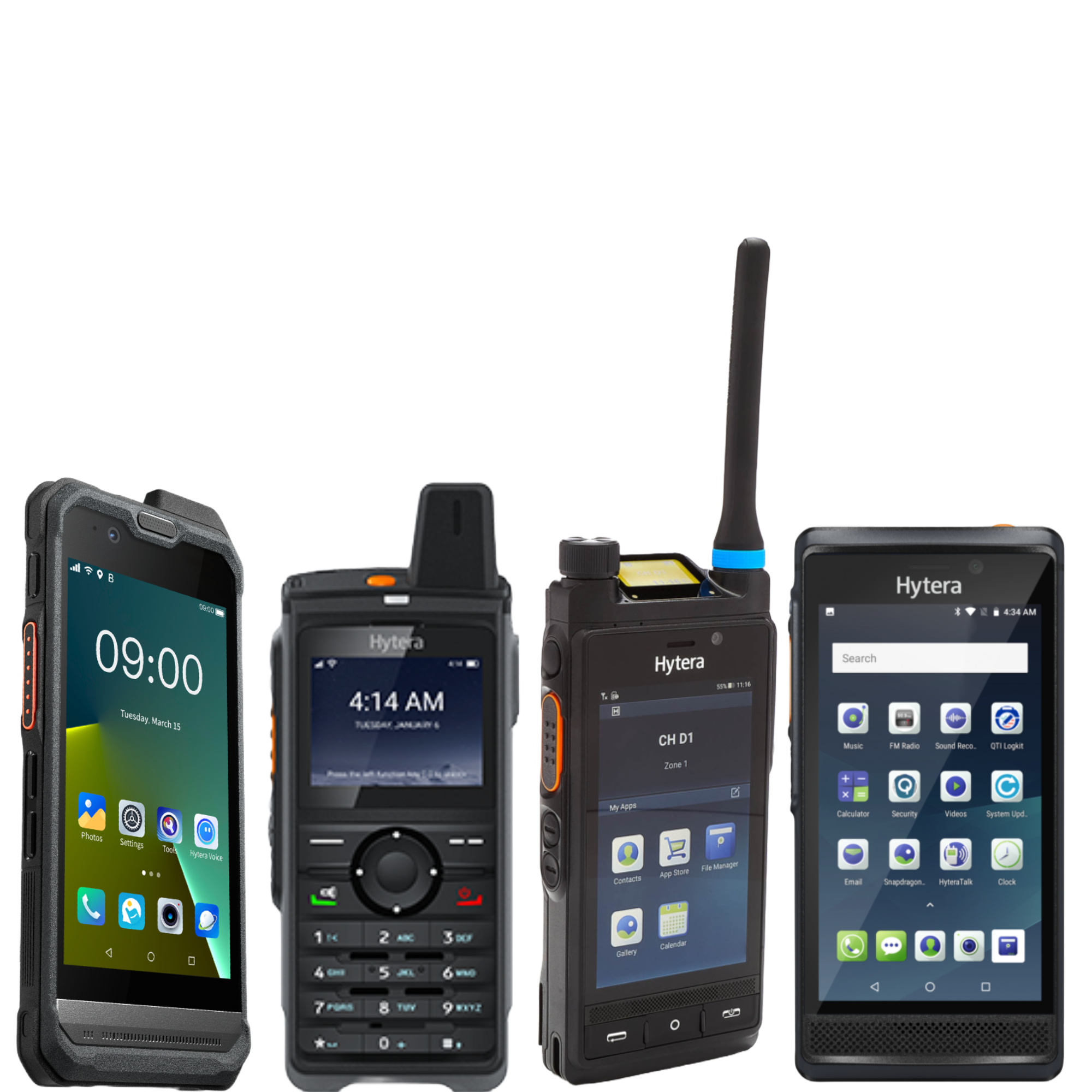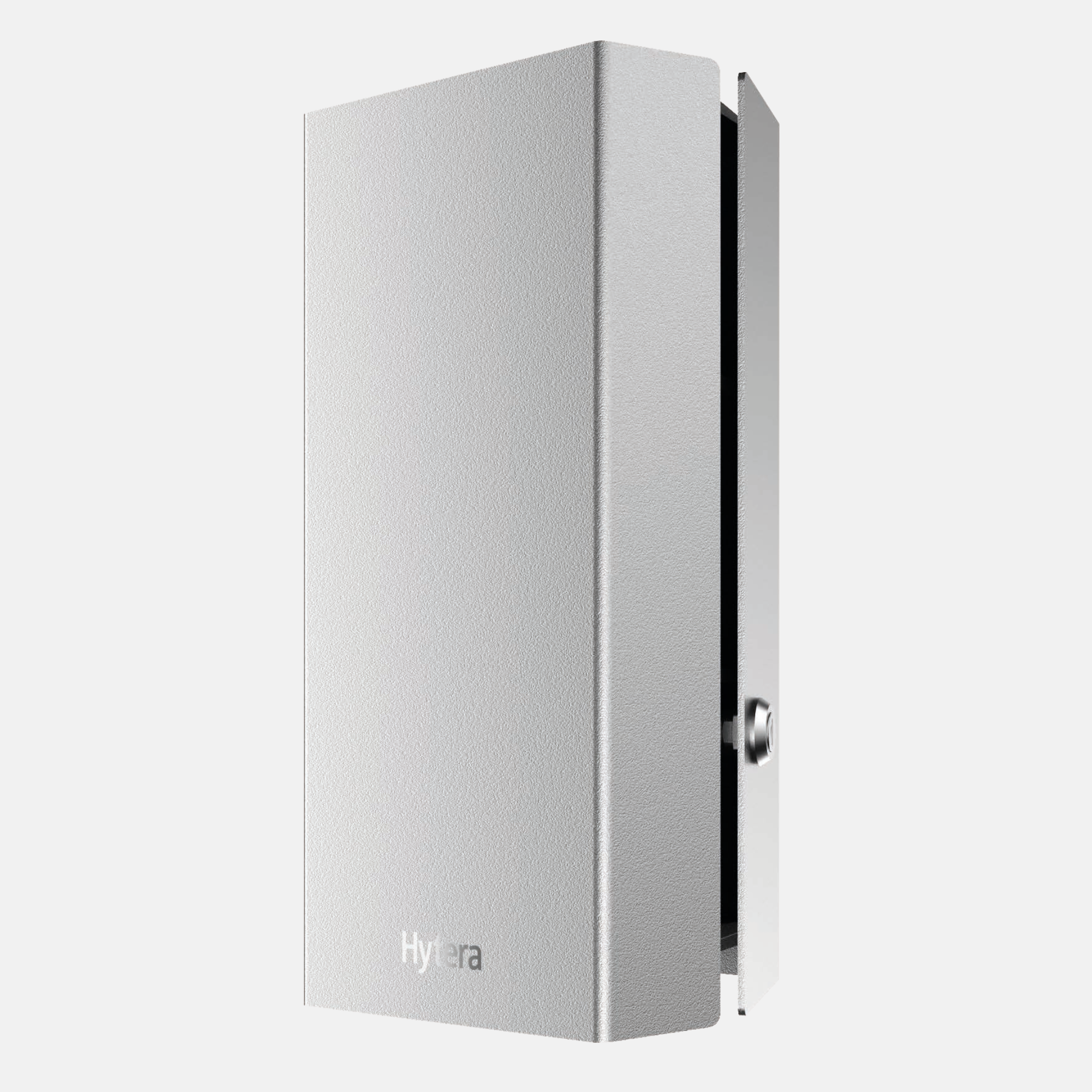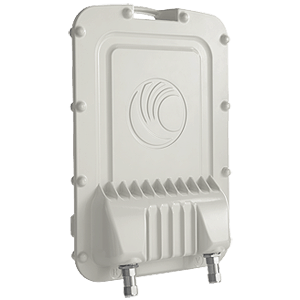Products
-
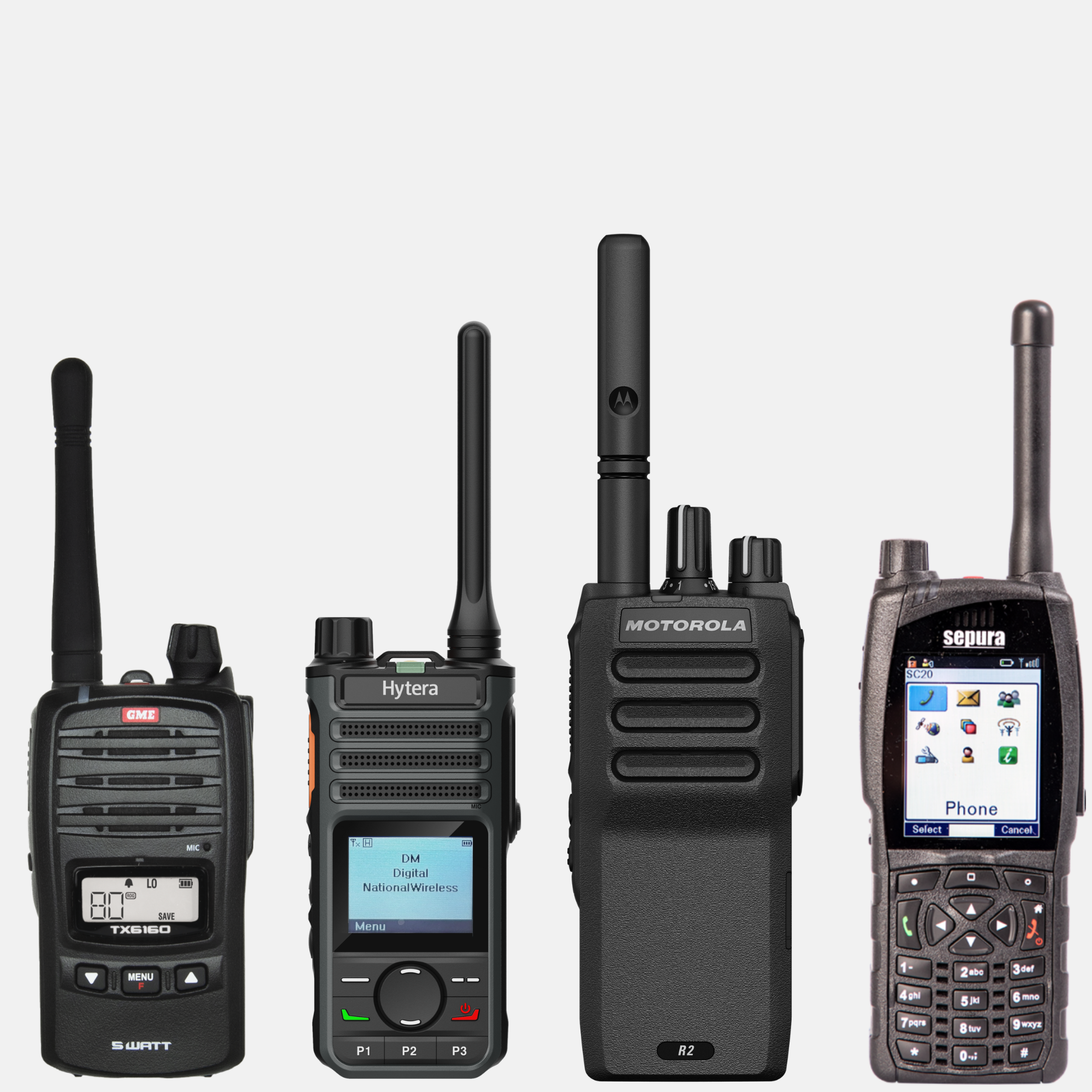
Handheld Walkie-Talkie Radios
Handheld walkie-talkie radios are portable two-way communication devices that operate on radio frequencies. They are designed for short-range communication and are commonly used in outdoor activities, construction sites, security, and emergency services. These devices typically come equipped with a microphone, speaker, push-to-talk button, and volume controls. They operate using rechargeable batteries that can last for several hours. Some walkie-talkies also offer additional features such as weather updates, vibrating alerts, and noise-reducing technology. They are a reliable and cost-effective means of communication in environments where mobile phone coverage may be limited or unreliable.
-
Mobile Two-Way Radios
Mobile two-way radios enable communication between two or more people within a certain range. They are commonly used in industries such as emergency services, transportation and mining. These radios allow for direct, immediate communication, regardless of location, without the need for cell towers or Wi-Fi. They are sturdy, easy to use, and operate on vehicle power. Some models also offer enhanced features such as GPS tracking, Bluetooth connectivity, and more. Overall, mobile two-way radios provide reliable communication essential for safety and productivity in various settings.
-
Radio Accessories
Radio accessories refer to extra components that can optimize the performance of a radio device, and enhance user experience and safety. Some of the common types of radio accessories include earpieces, microphones, antennas, batteries, chargers, cases, and speakers. Earpieces provide a covert and private way to communicate, while microphones improve transmission quality. Antennas, batteries, and chargers help extend the radio’s range and battery life. Radios accessories can be customized for specific workplace or recreational activities, such as hunting, marine, or construction.
-
Push-to-Talk-Over-Cellular Devices
Push-to-Talk technology is being incorporated into mobile and broadband network devices, offering what could be considered a convergence of two-way radio and mobile technologies. Devices range from simple, ‘talk-listen’ solutions to two-way radio and smartphone hybrids. These offer the full suite of mobile apps and dual HD cameras, eliminating the need to carry two devices. PTT devices offer fast Push-to-Talk services, including one-to-one and one-to-many, while using PMR, Wi-Fi and 4G services.
-
CB Radios
CB radios, also known as citizen band radios, are short-range, two-way radios that operate on a specific set of frequencies called CB channels. They were popular in the 1970s and 80s and were typically used by truckers, emergency responders, and amateur radio enthusiasts. CB radios have a limited range of around 1-5 miles, depending on the terrain and weather conditions. They are still used today in certain industries and for recreational purposes, but have largely been replaced by other advanced communication technologies.
-
Base Stations
Base stations are key components of modern telecommunications networks, providing wireless coverage in a specific area. They typically consist of antennas, amplifiers, and transceivers that transmit and receive signals from mobile devices such as smartphones and tablets. Base stations are connected to a network through backhaul links that allow them to transmit data between the mobile network and the internet. They can operate on different frequencies and standards such as 2G, 3G, 4G, and 5G, depending on the capabilities of the mobile devices and the network operator’s infrastructure. Base stations are crucial for enabling reliable wireless communication and internet access in a given location.
-
Network Solutions
Network solutions in telecommunications refer to the various technologies, hardware, and software used to facilitate communication and data transfer across different devices and networks. These solutions can include routing and switching equipment, wireless access points, firewalls, network protocols, and applications. Network solutions are crucial for ensuring fast, reliable, and secure communication between users, devices, and servers. They also play a critical role in facilitating remote work, e-commerce, and other digital services. With the continued growth of the telecommunications industry, network solutions are becoming increasingly important in optimizing connectivity and improving user experience.
-
All Products (234)
-
TYPE - Accessories (119)
-
TYPE - Antennas Accessories (16)
-
TYPE - Base Stations (6)
-
TYPE - Batteries Accessories (16)
-
TYPE - Body Worn Cameras Accessories (3)
-
TYPE - Cabling Accessories (9)
-
TYPE - Casings and Mounts Accessories (11)
-
TYPE - Chargers Accessories (23)
-
TYPE - Clips Accessories (10)
-
TYPE - Earpieces Accessories (8)
-
TYPE - EX Demo (25)
-
TYPE - Handheld Walkie Talkies (54)
-
TYPE - Microphones and Speakers Accessories (30)
-
TYPE - Mobile Two-Way Radios (16)
-
TYPE - Repeaters (4)
-
TYPE - Wireless Networks (6)

